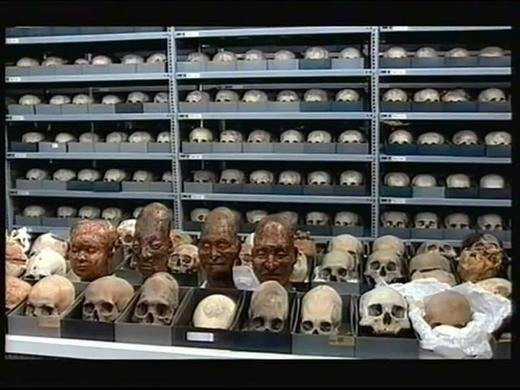OF THE
TIMES
A nation that continues year after year to spend more money on military defense than on programs of social uplift is approaching spiritual doom.
"The cherries were removed from the bottles to help preserve the glass." What? How do cherries endanger the preservation of the glass? What does...
Pointless. Folks who have left their Homeland to avoid being turned into targets in a Russky shooting gallery... those folks pretty much don't...
Mr Caron seems to believe the very same climate change claptrap that is putting farmers out of business. The gov't and their NWO handlers are...
''The Quebec government says it's listening.'' LOL I bet they are, bunch of sanctimonious distinct fuck ups. The ass wipes will create more...
''... minimize the harm it may cause to Australians and the Australian community," How could it cause harm to Australians? That sounds like woke...
To submit an article for publication, see our Submission Guidelines
Reader comments do not necessarily reflect the views of the volunteers, editors, and directors of SOTT.net or the Quantum Future Group.
Some icons on this site were created by: Afterglow, Aha-Soft, AntialiasFactory, artdesigner.lv, Artura, DailyOverview, Everaldo, GraphicsFuel, IconFactory, Iconka, IconShock, Icons-Land, i-love-icons, KDE-look.org, Klukeart, mugenb16, Map Icons Collection, PetshopBoxStudio, VisualPharm, wbeiruti, WebIconset
Powered by PikaJS 🐁 and In·Site
Original content © 2002-2024 by Sott.net/Signs of the Times. See: FAIR USE NOTICE

Comment: Elongated Peruvian skulls DNA tested: Not human?